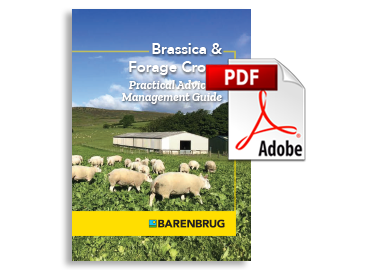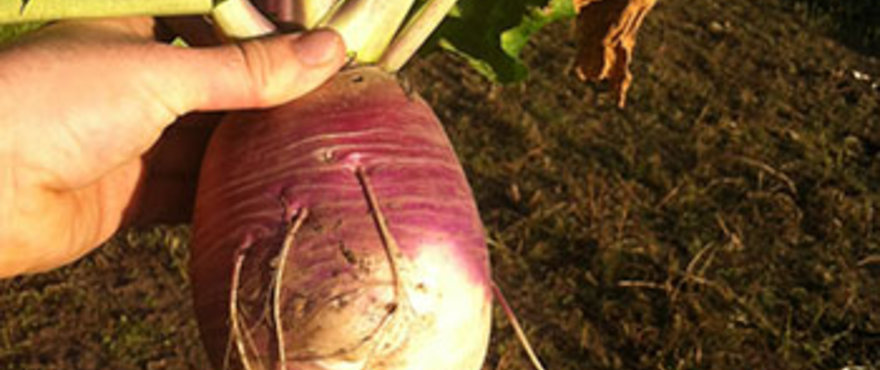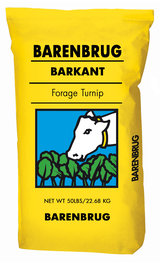
Brassica & Forage Crops
Download our guide for practical management advice.

Can be grazed multiple times

Utilisation: Strip graze
Sowing period: Spring or summer
Utilisation period: Autumn & winter
Days to maturity: 60-90 days
Sowing rate: 3-5kg/ha
Pack size: Available in pack sizes of 5kg, 25kg
Stubble Turnips have a high leaf to bulb ratio resulting in high levels of protein. The tankard shape bulb enhances utilisation by the grazing animal and these can be fed to sheep or cattle
Stubble Turnips have a high leaf to bulb ratio resulting in high levels of protein. The tankard shape bulb enhances utilisation by the grazing animal and these can be fed to sheep or cattle
Stubble Turnips have a high leaf to bulb ratio resulting in high levels of protein. The tankard shape bulb enhances utilisation by the grazing animal and these can be fed to sheep or cattle

Download our guide for practical management advice.